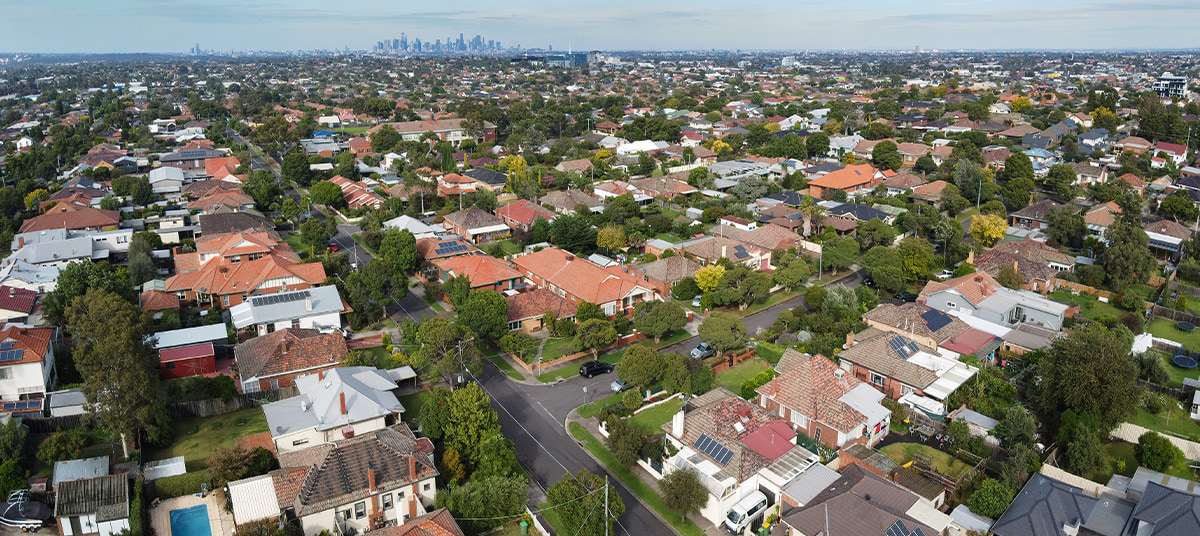
Dwelling values rose across every capital city in July, Cotality research has found.
National dwelling values in July rose by 0.6 per cent, with the growth rate holding steady compared to the previous two months, according to Cotality’s latest Home Value Index.
The increase marks the sixth straight month of gains, with the uptick aligning with the Reserve Bank of Australia’s (RBA) February rate cut decision.
Every capital city recorded a rise in dwelling values through the month and over the last three combined months.
Rolling quarterly growth showed a clear upswing, with the 1.8 per cent rise in the national index over the three months ending July being the strongest since the three months to June last year.
Cotality research found that the positive trend in housing values was supported by persistently low inventory levels, with national listings tracking 19 per cent below the previous five-year average for this time of the year.
Annual sales are tracking around 1.9 per cent above the previous five-year average.
The imbalance between home supply and demand has supported auction clearance rates, which have been tracking slightly above the decade average since mid-May, Cotality research noted.
Record gap between house and unit values
Meanwhile, the difference between the median house and unit value hit a record high in July, with a 32.3 per cent difference between the two broad housing types or around $223,000 in dollar terms.
Growth in house values outpaced gains across the unit sector.
Over the three months to June, house values rose 1.9 per cent, adding around $16,700 to the median value.
In comparison, unit values increased 1.4 per cent or roughly $9,700 on the median value.
Cotality noted that the trend may be due to more expensive markets typically having higher interest rate sensitivity, with higher-income households seeing a bigger boost to borrowing capacity. This usually leads to house values outperforming units during housing market upswings, Cotality’s research stated.
Commenting on the trend, Cotality research director Tim Lawless said: “Such a wide difference comes amid ongoing affordability constraints and a lack of newly built multi-unit housing supply, which seems counter intuitive.
“Clearly, demand preferences are still weighted towards detached housing options despite the substantially lower price points available across the unit sector.”
Cotality’s research comes after separate data from Domain showed rising house prices are pushing more buyers toward the unit market, where affordability and demand are fuelling solid gains.
Capital price growth overtakes regions
Dwelling values across the combined capital cities rose by 1.8 per cent over the rolling quarter, slightly ahead of the combined regional markets, which recorded a 1.7 per cent increase.
The trend marks a shift after nine months in which regional Australia recorded stronger quarterly growth than the capital cities.
The stronger capital city trend is not evident everywhere, with regional markets in Victoria (1.4 per cent), Queensland (2.5 per cent), and South Australia (2.0 per cent) continuing to outperform their capital city counterparts (1.2 per cent, 2.3 per cent, and 1.5 per cent, respectively).
“At the national level, the pace of growth in housing values is no longer accelerating,” Lawless said.
“Rather, we have seen growth rates holding a little above half a percent from month to month since May as the opposing influence of low supply, falling interest rates and rising confidence run up against affordability constraints and lingering uncertainty.”
[Related: The double-edged impact of rate cuts on housing]

